Last edited on 23rd November 2023
It’s no secret that the gaming industry is both lucrative and competitive, with the top players (pun intended) constantly trying to outdo each other with every new generation of consoles.
For Sony, their PlayStation 4 was so successful (with over 110 million units sold, outselling the original PlayStation and the Nintendo Wii), that they really needed their newest console, the PS5, to have the perfect product launch.
So, what did they do?
They took over the Oxford Circus tube station, of course!
This iconic stunt will go down in marketing history as an ingenious campaign that generated a lot of buzz, and got people talking about the much-anticipated console.
And the PS5 launch was an incredible success. In a statement released just 3 months after the launch, Sony’s financials reported that the PS5 had sold 4.5 million units, making it the most successful home console launch of all time.
Although these signs appeared at the tube station overnight, there’s certainly a lot more that goes into a stunt like that.
Consider all of the little tasks and all of the individuals involved in:
- The brainstorming meetings
- Designing the artwork
- Getting approvals
- Reaching an agreement with Transport for London
- The manufacturing of the signs
- The fitting of the signs
And countless other tasks we’ve probably missed.
The point is, a perfect product launch may look effortless but it requires a lot of effort, planning, and a little ingenuity.
In this article we’re going to take you through 7 steps to the perfect product launch.
1. Analyse the competition
One of the main reasons new products fail is that they’re not easily distinguished from the competition.
So, analysing the market and taking a look at what’s already out there is a good place to start.
You should study your competitors’ pricing, marketing strategies, and general performance online (including negative and positive reviews) to see what you can emulate and where you can differentiate.
By doing this research you could also potentially uncover gaps in the market that your product can fill.
All of this research can be a bit fiddly. But with Project.co, it’s easy to keep track. Our kanban feature allows you to view tasks visually and move your competitors through the pipeline (depending on how where you are in your analysis).
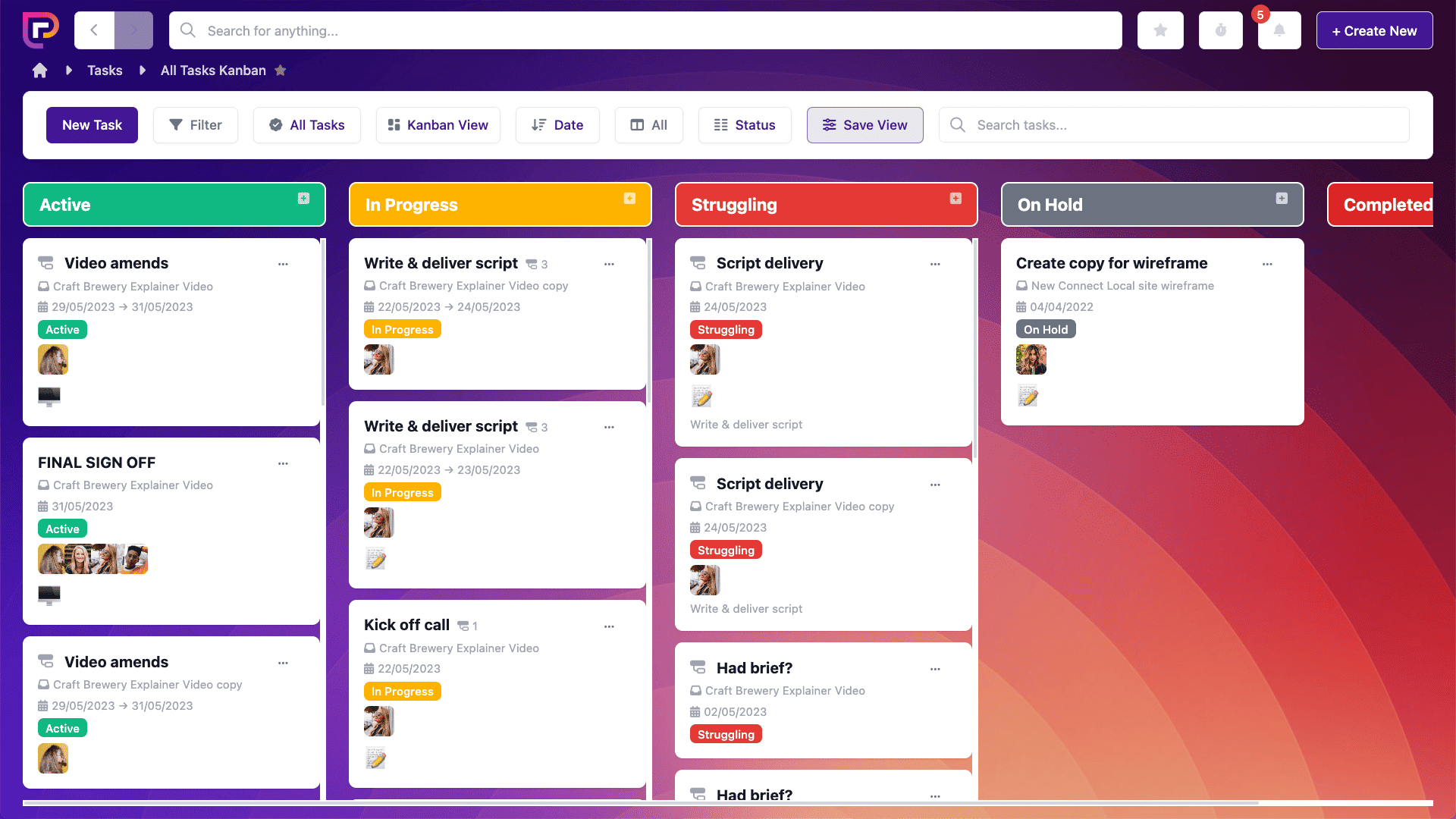
It’s easy to move your tasks along with our simple drag-and-drop feature, so you’ll know – at a glance – what you’ve analysed and what you have left to analyse.
2. Study your target audience
In addition to studying your competitors, you should also study your target audience. After all, these are the people you’ll be selling your product to. You need to know them inside-out to find out what appeals to them, and how much they’re willing to spend.
Here are three things you can do to find out more about your target audience:
Create buyer personas
A buyer persona is a fictional representation of your ideal customer(s). When creating a buyer persona you should consider the customer’s background, for example their career path, income, their likes and dislikes, how they spend their weekends – anything that makes your buyer persona feel more like a fully fleshed-out person.
You should also think about their demographics, including age, gender, location, and so on. The more information you can gather, the better.
Keyword research
Keyword research is the process of finding out what people are searching for online so that you can identify which search terms you’d like to rank for.
There are tons of tools out there to help you with this, such as AnswerThePublic. The free version of the tool is very easy to use. All you need to do is enter a topic, brand, or product and see what keywords people are using when searching for that specific thing:
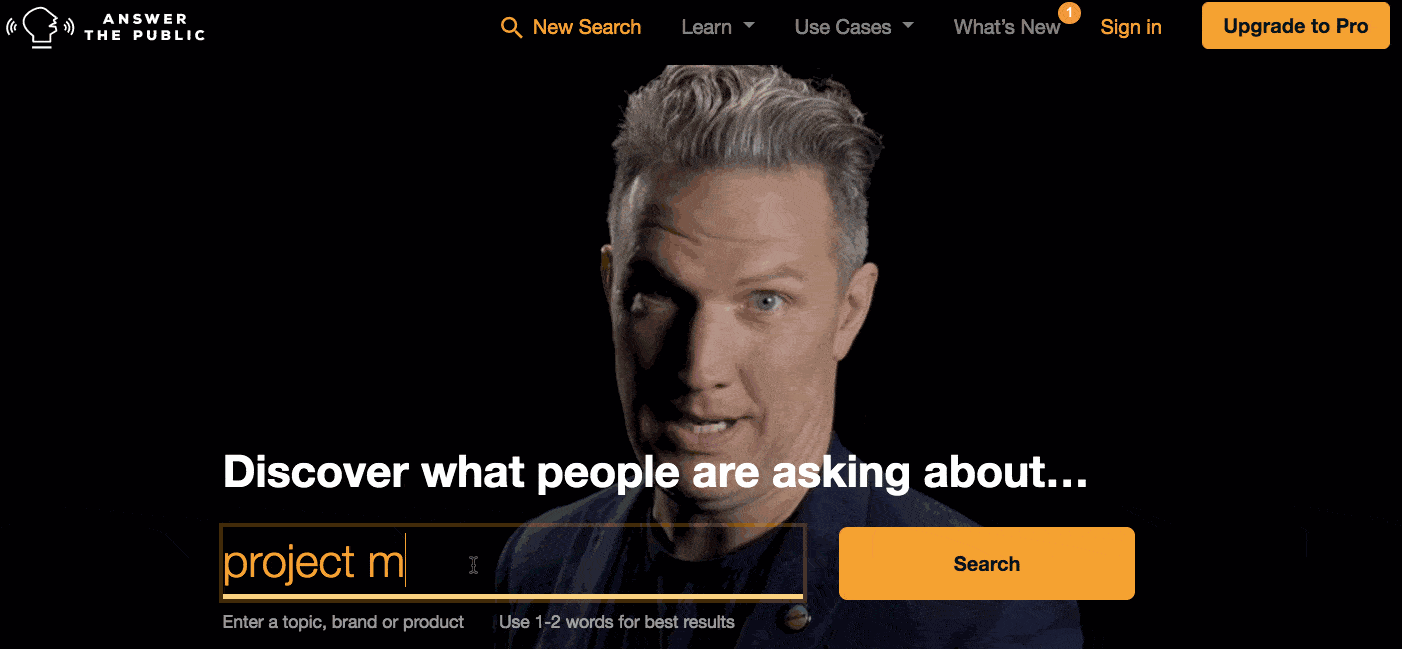
Instantly, the tool gives you a list of search terms broken down into categories:

You can use these keywords when marketing your product before, during, and after the launch.
In addition to free tools, there are more advanced SEO platforms out there, like Ahrefs.
With an Ahrefs account, you’ll be able to drill deeper into the keywords your customers are searching for, and how difficult it is to rank for those keywords online:

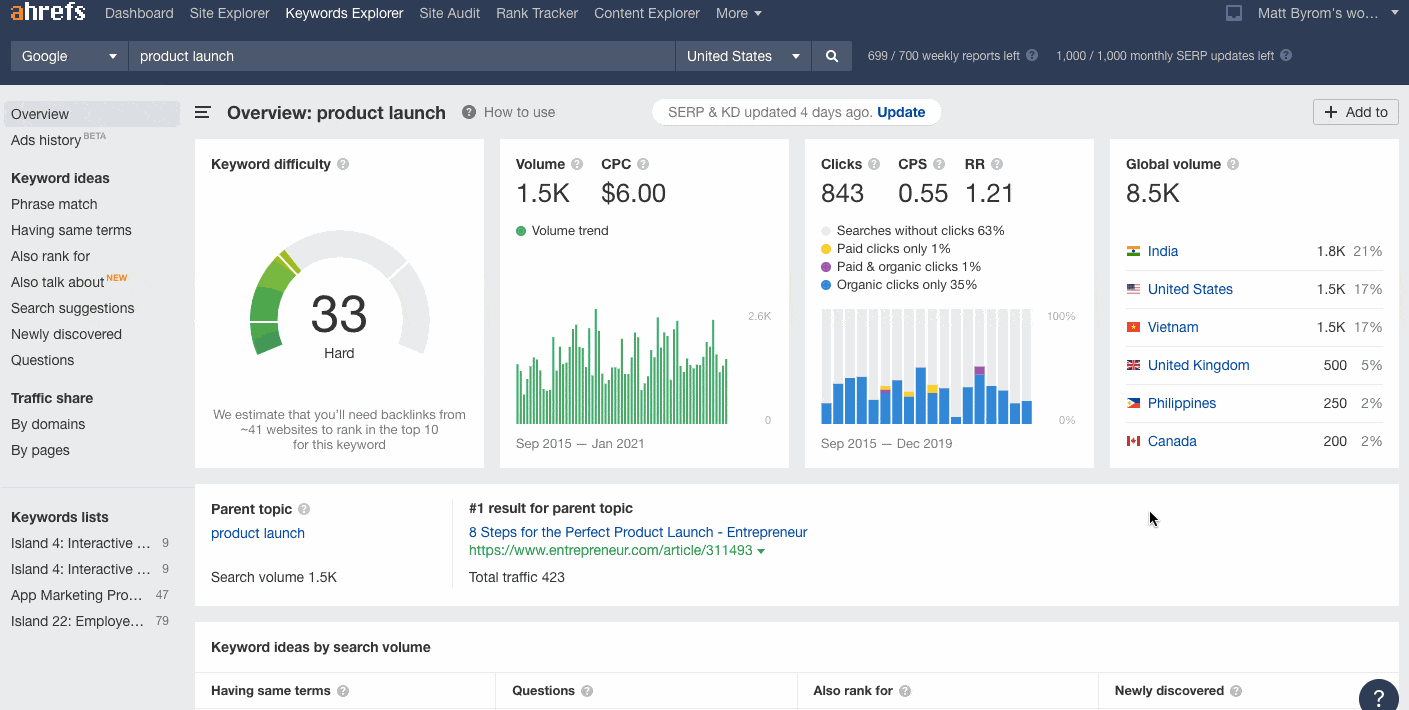
The site also has other tools that can help you with your product launch, including Site Explorer – a tool that gives you insight into how your competitors are performing online:
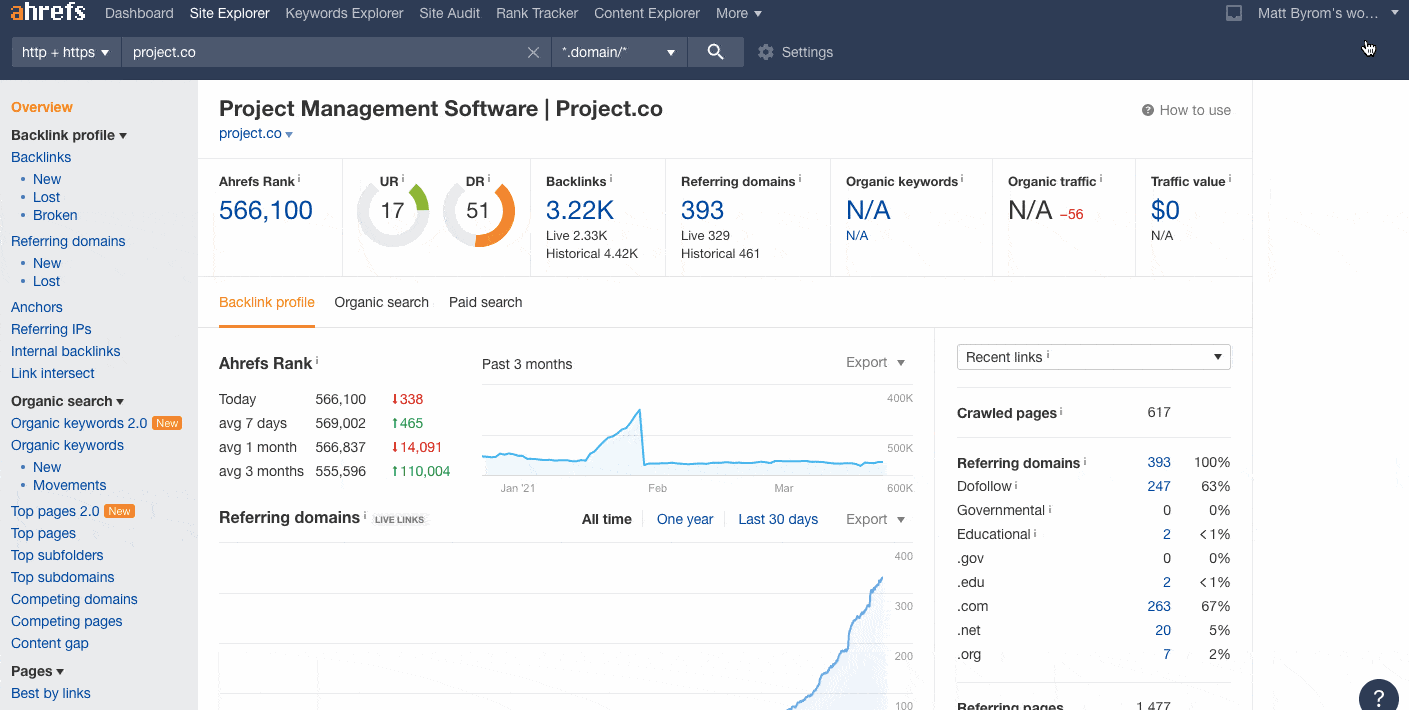
Create a survey
Another way to study your target audience is to ask them questions directly, through surveys.
A survey gives you the opportunity to get answers from your target audience that will help you define your product goals and have a more successful product launch.
If you use a survey tool, like SurveyMonkey, you’ll be able to create a targeted audience pool that you can buy responses from.
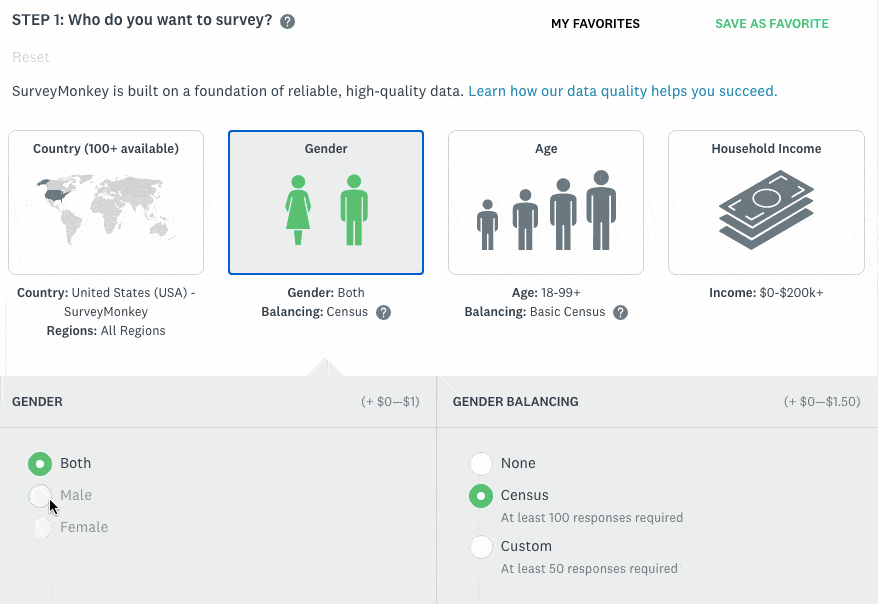
This is another place where your buyer persona comes in handy, as you can use this to help you build – and reach – your ideal audience.
You can drill down quite deep to ensure you reach the appropriate demographics by clicking on the “More Targeting Options” button:
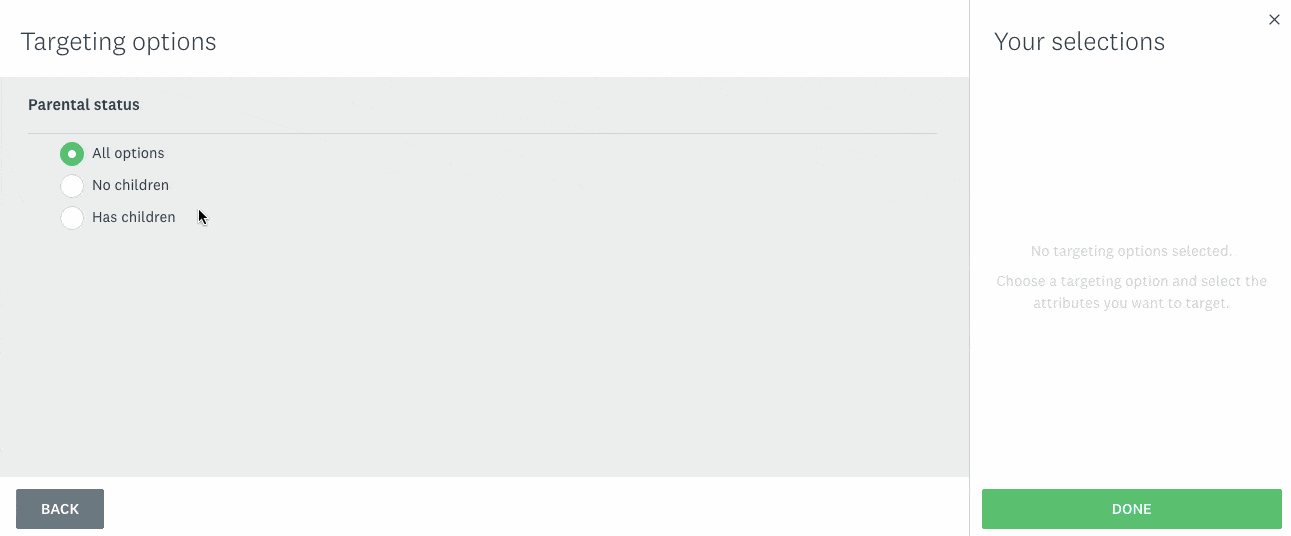
3. Define your product launch goals
After you’ve fully analysed your competitors and target audience, it’s time to define the goals for your product launch.
There are many different types of goals you will likely have for your product launch, from financial goals (such as, increasing revenue by X amount), to brand awareness goals (for example, increasing your social media following), and growth goals (gaining X amount of new customers).
Your goals can also be divided into internal and external goals. Internal goals refer to all of the little things you need to do in preparation for your launch (planning, meetings, testing, and so on). Whereas external goals are things that you want to achieve from the launch, such as increased sales.
The tasks tab on Project.co makes it easy for you to keep track of your goals.
You can view your tasks in a variety of different ways. The calendar view makes it easy to stay on track and make sure you’re hitting deadlines:
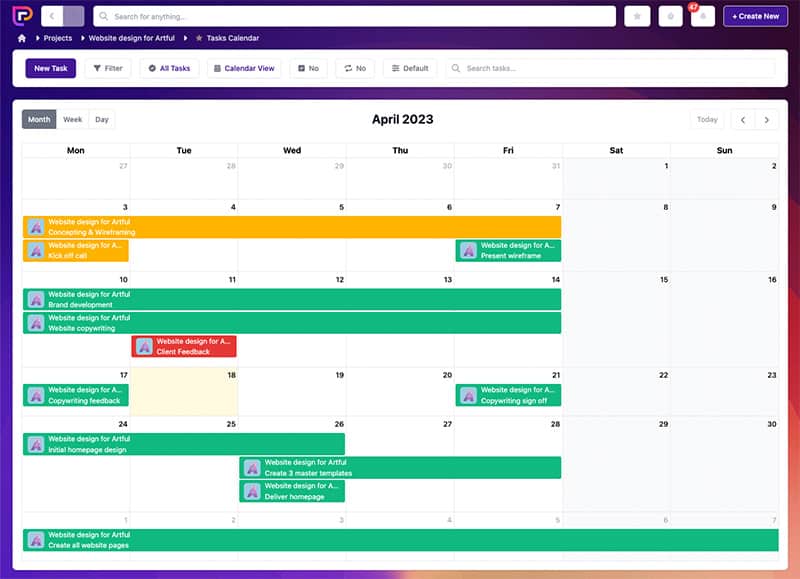
And the scheduler view shows you – at a glance – who is assigned to what task. You can even switch tasks between team members by simply dragging and dropping!

4. A hard launch or a soft launch?
It’s imperative to decide what type of launch would be best for your product and your business. There are typically two types of product launches: a hard launch and a soft launch.
Hard product launch
A hard product launch is the process of pushing your product out to your entire market all at once. This tactic is aggressive and bold, and requires a lot of marketing to get your product in the spotlight.
The benefits of a hard launch are typically increased publicity (thanks to all the marketing) and fast revenue.
However, one of the biggest drawbacks of a hard launch is that you have to be 100% sure your product is ready. If it’s not – and you need to recall or update – then you’re going to have a lot of disgruntled new customers on your hands and the initial success of your hard launch will unravel fast.
This is exactly what happened to Samsung after the hard launch of their Galaxy Note 7 smartphone in August 2016.
Sales were suspended less than a month later and the product was recalled after a manufacturing defect was found that caused the devices to generate excessive heat, sometimes resulting in fires.
The failure to spot these issues before the launch resulted in Samsung decreasing expected profits by a third that year.
Soft product launch
In contrast, a soft product launch introduces your product to the world in small, incremental waves. This gives you the opportunity to gather feedback from early adopters and respond with updates and new features.
While a soft launch doesn’t give you the initial fanfare of a hard launch, it’s much safer and protects you from any additional costs or reputation damage that could occur when releasing too much, too soon.
Daisie, a talent discovery app, rolled out to users with a soft launch in 2019. The invite-only beta quickly saw a surge of users and after 37,000 downloads in the first week, it crashed.
This gave the business a chance to step back and make some changes before rolling out to the greater public. Co-founder Dom Santry told TechCrunch:
“We realised that the community was a lot larger than the product we had built, and that scale was something we needed to do properly.”
On the 11th day of the launch, the app reached an early milestone of 100,000 users, and shortly after, closed on $2.5 million in seed funding.
5. Assemble your team
Handling a product launch all by yourself would be pretty tricky. There are too many moving parts.
You’ll need to assemble a team. In fact, you’ll need multiple teams – a marketing team, a research team, a development team, and so on.
The overall success of your product launch relies on all of these teams working together harmoniously and sharing the right information, at the right time.
This is where a project management tool comes in. With a tool like Project.co, you can keep all communication in one centralised, secure place – meaning that if anyone needs anything they know exactly where to look – no more lost time digging through folders and inboxes!
Our discussions tab keeps all messages on a single, scrollable timeline:

And it’s easy to add and remove people from projects as and when you need to. All you need to do is head to the people tab, click “Add People” and enter their details:

From here, users can also decide whether they want to receive email notifications from the project or not.
When it comes to files, these can also be stored directly within your projects. You can upload them via the files tab:

Or – even better – you can work on live documents with your team using our embeds tool. Simply embed the document you’re working on, open it within Project.co, and seamlessly collaborate:
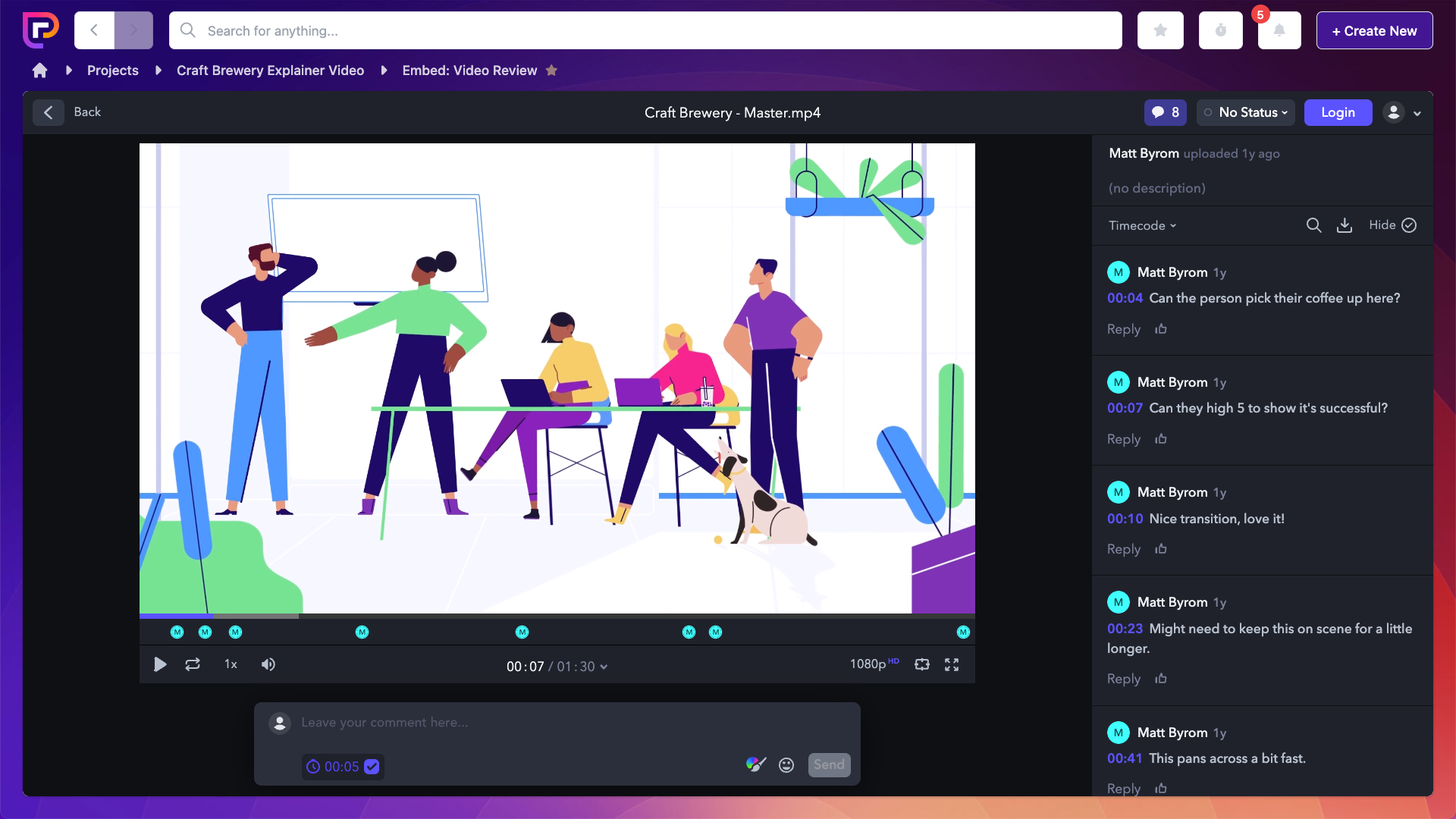
6. Perfect your product positioning
How does your product stand out from the crowd? What’s different about it? Why should people choose your product?
These are all questions to ask yourself when thinking about your product positioning.
Product positioning allows you to distill your message and present your key benefits and USPs to your audience.
So this is the time to really perfect your messaging – including tone of voice and brand identity – before your launch.
A great example of product positioning comes from Tommee Tippee. Their #ParentOn campaign really disrupted the baby products market.
While trying to penetrate the US market, Tommee Tippee released limited edition baby wipes known as “Advice wipes”.
These wipes featured text from parenting help books and encouraged mothers to trust their own instincts and – literally – wipe butts with other people’s advice.
This campaign gave Tommee Tippee an edge in the market and a really powerful brand voice that resonated with their target audience.
7. Create hype
Creating hype is the last piece of the puzzle before launching your product to the world.
You can do this in many different ways…
Marketing
Of course, the obvious way to promote your product and create hype before and during your launch is marketing.
Marketing for your launch should be a multi-pronged approach, targeting users on social media, via email, blog posts, video – and any other way you can think of!
Of course, when you’ve got to schedule hundreds of social media posts, move email and blog copy through from first draft to final approval, and juggle the creation of an awesome video, things can get a little overwhelming.
With Project.co, you can alleviate this by creating different projects for different tasks. We have free template projects for your social media calendar, content planning, and even one for managing the creation of an animated video.
See our full list of templates here.
One company that had extreme success with marketing when launching their brand is Dollar Shave Club.
For the first few months, the founder of the company, Michael Dubin focused on connecting with bloggers to spread the word. In an interview with the New York Times, he said:
“I spent the first six months driving down to San Diego and trying to connect with bloggers to spread the word. Without spending anything on marketing, we were able to sign up our first 1,000 members.”
Then, one year after launch, he switched his focus and created a hilarious explainer video that blew up online (you’ve probably seen it before):
Five years after launch, Dollar Shave Club was purchased by Unilever for $1 billion dollars!
Create a waiting list
Creating a waiting list allows potential customers to register their interest in your product.
This is a great way to create hype and also gauge how many customers you can expect post launch.
Information gathered from your waiting list can be useful for helping your launch run more smoothly. For example, if you attract more people than initially anticipated then you may want to scale up your product.
Other brands have had great success with this technique in the past. Banking app, Monzo gathered 200,000 sign ups by creating a waiting list.
And the stock trading service, Robinhood brought in an incredible one million users pre-launch!
Plan an event
There’s nothing like a party to get people excited about your product!
Planning an event is not only a great way to communicate with lots of potential customers, it also allows you to make your product the star of the show – giving you a real opportunity to inform people about all of the amazing benefits and features on offer.
If you’ve never done it before, planning an event can be a little bit daunting. Our free event planning template is a great place to start.
Think outside the box
There are no rules for what you can and can’t do to create hype for your product launch, so don’t be afraid to be different.
Just think back to some of the campaigns we’ve shared in this article – PlayStation, Tommee Tippee, Dollar Shave Club – all of these businesses broke the mould in a new and interesting way. And their eccentricity was rewarded.
Another great example worth mentioning is the podcast company, Gimlet. Before they launched, their founder created their first podcast, Start Up, as a way to document the start up journey and create hype.
By episode 4, they gathered $200,000 worth of investment from listeners alone. And just five years later the company was acquired by Spotify for more than $200 million.
Final Thoughts
Launching a new product is huge.
And it’s not easy.
But when you break the launch down into smaller steps and plan accordingly, you can make sure you’re on the right track.
Get started with a free Project.co account today and plan your product launch like a pro!


